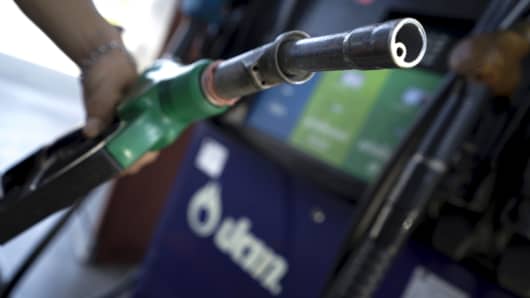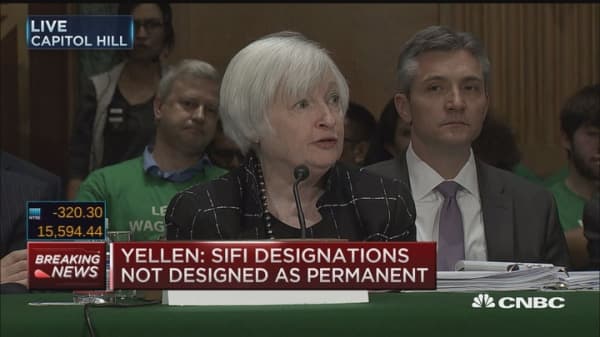If you give Americans hundreds of dollars in savings from plummeting gasoline prices, they're going to turn it into food.
Of course, they'll say in surveys that they put it towards rent or into savings, but credit card data suggest that a lot of it is going to sit-down restaurants (which wouldn't be the first time someone lied about money).
On average, the price of gasoline fell 29 percent between 2014 and 2015. Over the same period, average monthly credit card spending at gas stations fell a similar amount—about $26 less in August compared to the same month in 2014, according to data gathered by data intelligence firm Cardlytics for CNBC. That includes people who don't buy gasoline at all.
Read MoreRecession talk: Is the US economy running on empty?
For people who bought gas at least twice in the last two years, the savings were more than $100. Yet average spending on credit cards did not decrease year-over-year across all categories tracked in August and December (as you would expect if most of the money was going into savings or rent).







